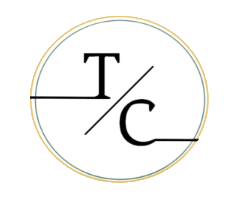Is Renovation a Fixed Cost?
Is Renovation a Fixed Cost?
Renovations are generally considered a variable or one-time capital expense, not a fixed cost. Fixed costs are consistent expenses like rent or insurance that stay the same regardless of business activity.
Renovation costs, on the other hand, vary based on the scope, materials, and labor involved, making them unpredictable. However, if a company plans regular renovations (e.g., annual store upgrades), those costs might be budgeted as a recurring expense.
Breakdown of Costs
Renovation costs usually break down into three main parts: materials, trades, and overhead. Material prices tend to be fairly consistent across companies unless you select speciality or custom finishes—which can quickly push the price up. Trade costs also don’t differ wildly, but you might see variation based on hourly rates and experience level.
The biggest differences often show up in overhead costs. These aren’t just random markups—they cover the contractor’s operating expenses, staff training, tools, insurance, and sometimes even the project management systems they use.

Companies with higher overhead typically bring more to the table: stronger project oversight, more seasoned crews, and better warranties. In short, you might be paying more upfront, but you’re often getting a smoother process and better long-term value from your renovation. It’s not just about what you’re paying for—it’s about what you’re getting in return.
For example, a company acquires a commercial warehouse for $750,000. Before moving in, they determine the outdated lighting system and decide to install a new energy-efficient setup. The lighting upgrade costs $60,000, and it’s expected to provide benefits over the next 7 years.
Since the lighting installation is necessary to bring the building up to operational standards and extend its usefulness, the cost qualifies as a capital improvement.
It should be recorded as a separate fixed asset on the balance sheet under Building Improvements, not lumped into the original cost of the building—especially since the useful life of the lighting system differs from that of the building itself.
Journal entry:
| Account | Debit | Credit |
| Building Improvement | 60,000 | |
| Accounts Payable | 60,000 |
This entry capitalizes the renovation cost and sets up the improvement for depreciation over its 7-year useful life.
Short on time? Watch a quick explainer video instead 👇

